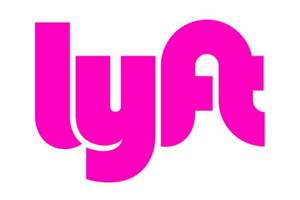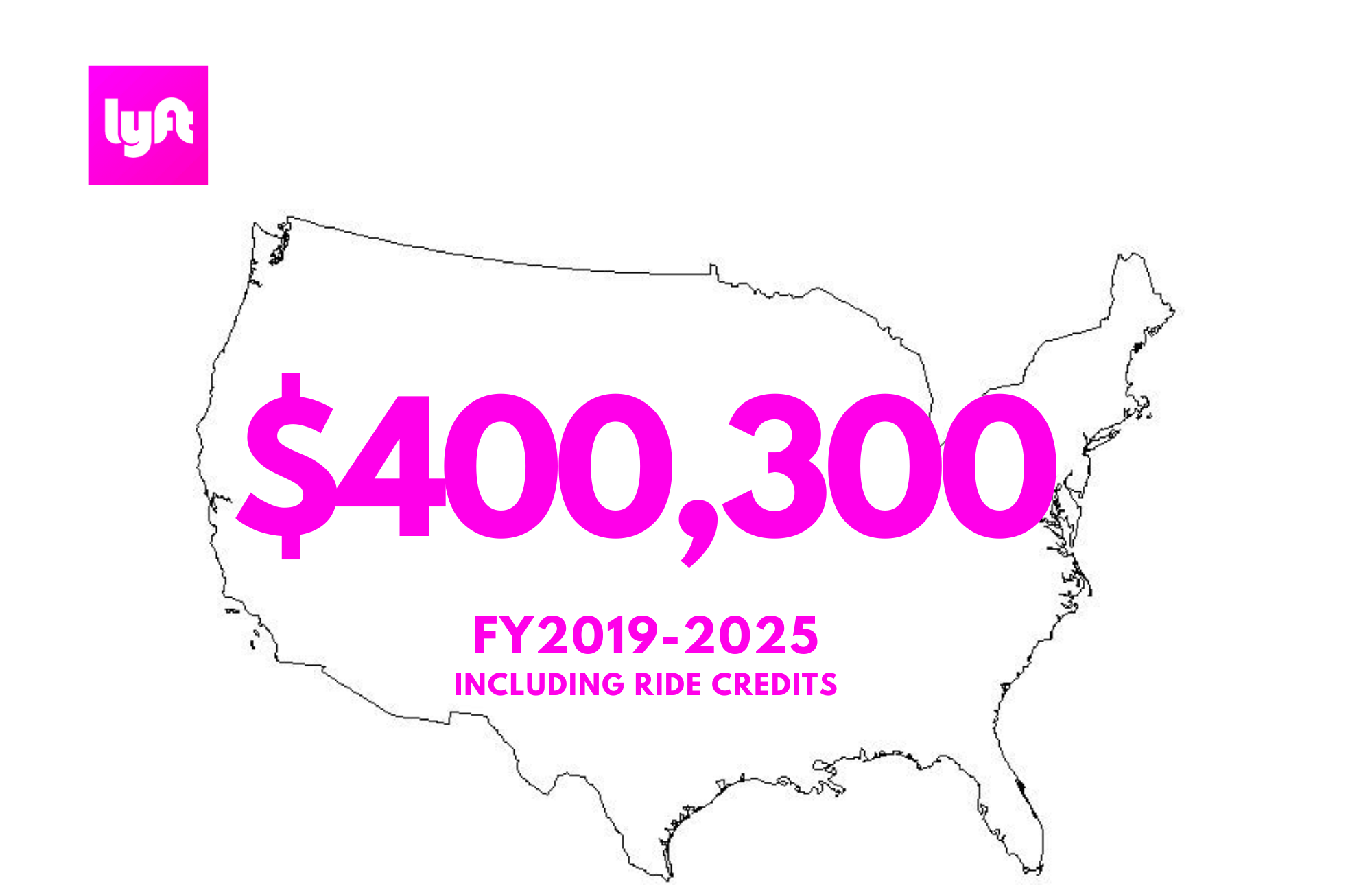Lyft


Lyft provides funding and ride-hailing credits for states to use to incentivize people to choose ride-hailing as a safe alternative to driving impaired.


Lyft provides funding and ride-hailing credits for states to use to incentivize people to choose ride-hailing as a safe alternative to driving impaired.
Lyft is associated with decreasing impaired driving incidents: Research shows that when Lyft enters a market, ride volumes increase and DUI incidents decrease. 65% of riders use Lyft to find a rideshare driver when they are planning to drink alcohol or use another substance that could impair driving ability.
Since 2018, GHSA and Lyft have partnered with State Highway Safety Offices (SHSOs) to encourage the use of ride-hailing services as a safe alternative to driving after consuming alcohol or other drugs. Selected SHSOs received ride-share credits, along with cash grants to develop and implement campaigns to prevent impaired driving.
The State Highway Safety Offices in Illinois and Nevada each received $20,000 for campaigns designed to encourage people to make the responsible decision and leave the driving to someone who is sober.

